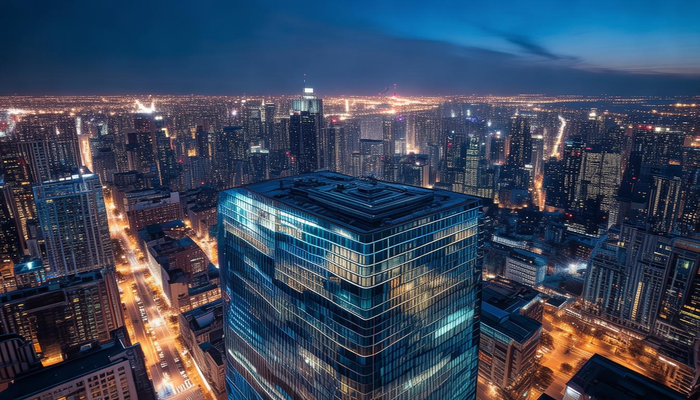Regarding this kind of high-tech thing, many friends may think it’s mysterious when they hear the name. What is it used for? In fact, it is a drone specially used to detect and draw possible distributions around or inside the pyramid. Doesn’t it sound amazing? Now with the increasing development of technology, this kind of drone is becoming more and more widely used in the fields of archaeological research and energy exploration, especially in the pyramids that are difficult to enter or in the complex surrounding environments, which can come in handy!
1. Basic composition and core functional points : This specially made drone is usually equipped with several different types of sensors, such as magnetometers and infrared thermal cameras. Sometimes there may be this microwave radar, or something. Anyway, it is to capture various related signals inside and outside the pyramid in all aspects. Then, when the drone flies, it will automatically explore according to the preset route, or it can remotely manually control the flight. The collected data will be transmitted to the receiving equipment on the ground in real time or later, and then analyzed and processed through special software, and finally generated detailed energy distribution maps. This map is very precious to the researchers!
2. Disassembly of the steps used in actual operation : First, you must conduct a detailed on-site survey of the pyramid area to be detected and determine the basic parameters of the drone's flight range and altitude. This step is very critical and cannot be careless. Next, a detailed flight plan should be formulated based on the survey results, including the number of flights, the specific direction of each route, the flight speed, etc. Then debug the drone and all sensor equipment to ensure that they all work properly and the power must be fully charged. After that, you can control the drone to start flying and collect data according to the plan. During the flight, you must always pay attention to monitoring the status and data transmission of the drone. Finally, after the flight, import the collected data into the computer and use professional software to analyze, process and draw. The whole process is probably like this, and no step is missing!
When using this, there are some practical tips that may help. It is the choice of flying altitude. It cannot be too high or too low. If it is too high, the collected data may not be accurate enough. If it is too low, it may hit the structure of the pyramid. It must be adjusted according to the specific size and shape of the pyramid. Try it a few more times and you will always find the right height. There is also the choice of flight timing. It is best to fly when the weather is clear and the wind is relatively small. This way the drone can fly more stably and the data collection effect will be better. It’s not enough on rainy or windy days, it’s too dangerous! Provide global procurement services for weak current intelligent products! In addition, when collecting data, the overlap rate must be set high enough so that the later data splicing and graphing effect will be good, otherwise the image may have cracks or blurred places, affecting the analysis results.
1. The difference between it and ordinary exploration drones : Ordinary exploration drones may mainly take photos, measure terrain, etc., and their functions are relatively single. It is designed specifically for pyramid detection, and the sensor is more professional and sensitive, and can capture very weak signals. Moreover, its data processing software is also specially designed and can conduct special analysis and model the collected data, which is far from comparable to ordinary drones.
2. Frequently Asked Questions :
Q: Can this drone fly in a completely dark environment inside the pyramid?

A: Generally speaking, it is OK, because many models of drones are equipped with night vision cameras and obstacle avoidance systems. Even if the light is very dark, they can fly and avoid obstacles independently. However, it depends on the configuration of the drone.
Q: How accurate is the collected data
A: This depends on many factors, such as the accuracy of the sensor, flight stability, data processing software algorithms, etc. Generally speaking, under professional equipment and operation processes, data accuracy can still meet research needs, but it is not realistic to say that it is 100% accurate, and any measurement has errors.
Q: Do you need to operate this kind of drone?
A: That's for sure. Operators must understand both the flight operations of drones and the principles and data processing methods of those sensors. They must undergo special training to get on duty. They cannot be played by anyone just by picking them up!
This technology has really brought many new opportunities and possibilities to the research of pyramids, which can allow us to have a deeper understanding of the mysteries inside the pyramids. Although it may be a bit complicated to operate and should not be cheap, it is definitely a very good tool for those who really love archaeology and energy research! I hope that this technology will become more and more mature in the future and help us discover more secrets about the pyramids.
Leave a Reply